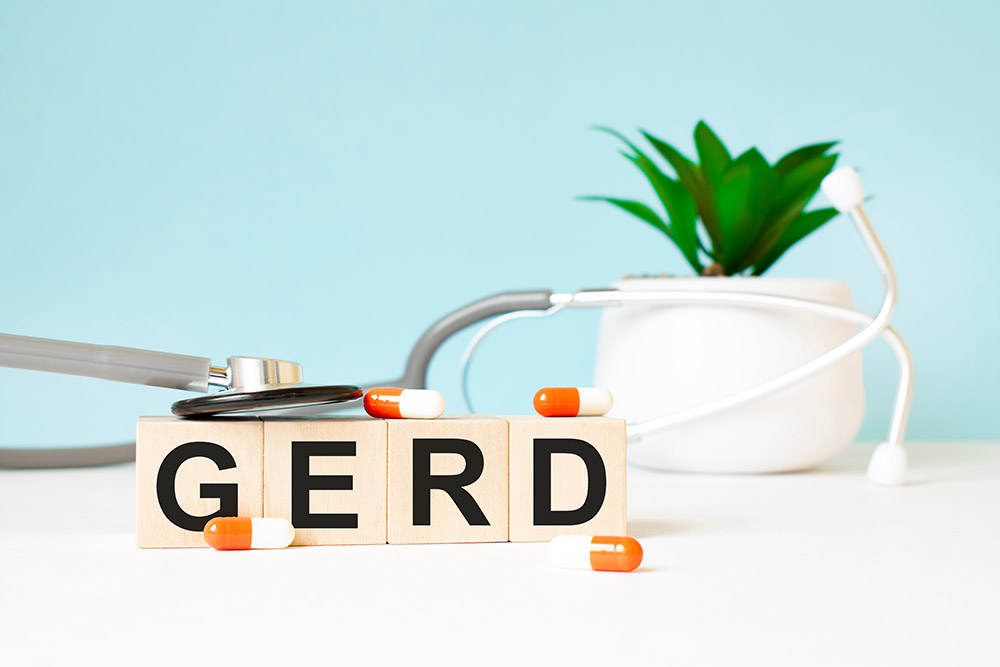Expert Treatment for Odynophagia by Dr. Bharat Pothuri
Dr. Pothuri uses a step-by-step approach:
Medical History and Physical Exam
He reviews your symptoms (pain location, timing, triggers), medication use, alcohol and tobacco history, and any prior esophageal disorders.
Upper Endoscopy (EGD)
A thin, flexible camera inspects the lining of your throat, esophagus and stomach. Biopsies are taken to look for infections, ulcers, eosinophilic inflammation or malignancy.
pH Monitoring and Esophageal Manometry
- Ambulatory pH testing measures acid exposure over 24-48 hours to confirm reflux.
- High-resolution manometry assesses esophageal muscle contractions and coordination.
Barium Swallow X-Ray
You drink a contrast solution while X-rays capture any strictures, rings or motility issues that could cause pain with swallowing.
Biopsy and Laboratory Analysis (if needed)
Tissue samples are sent to pathology to rule out fungal or viral infections, eosinophilic esophagitis, or early malignancy.
Frequently Asked Questions
What's the difference between odynophagia and dysphagia?
Odynophagia means it hurts to swallow, while dysphagia refers to difficulty moving food down the throat.
What causes odynophagia?
Common causes include acid reflux (GERD), infections (yeast or viral), eosinophilic esophagitis, medications, or structural issues.
How is odynophagia diagnosed?
Dr. Pothuri uses endoscopy, tissue sampling, pH testing, and swallow X-rays to pinpoint the cause of pain.
When should I see a doctor?
If painful swallowing lasts more than two weeks, leads to weight loss, or is accompanied by bleeding or fever, schedule an evaluation.
Is odynophagia covered by insurance?
Yes. Most insurance plans cover diagnostic tests and treatments-verify specifics with your provider ahead of time.
Can I treat odynophagia at home?
Soft foods, antacids, and lifestyle changes can ease symptoms temporarily, but professional evaluation is essential to address the root cause.












